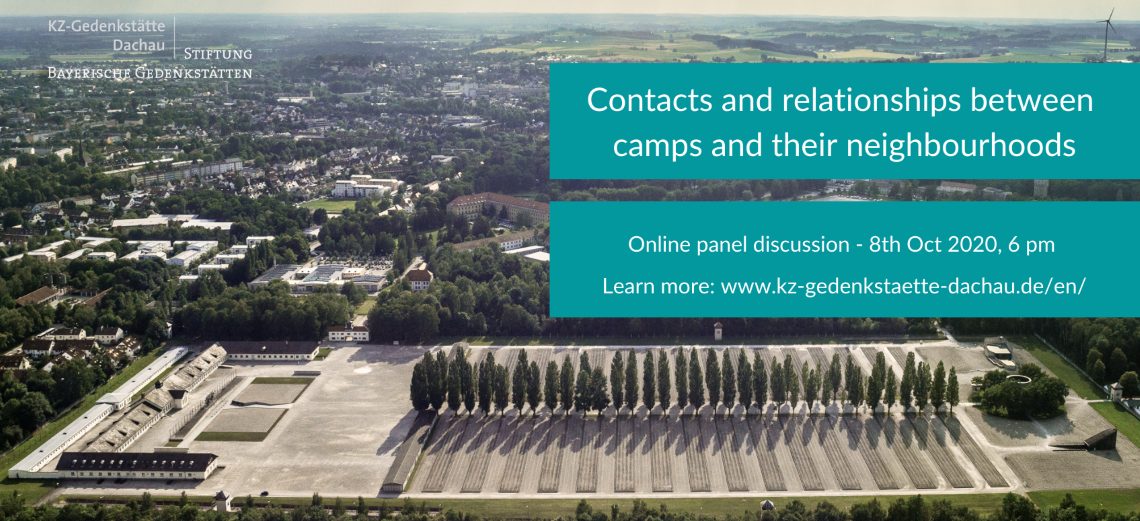Online panel discussion
Contacts and relationships between camps and their neighbourhoods

Despite the common post-war claim of many people that they “did not know anything about” and “had not seen anything” what had happened inside Nazi camps, those camps and the surrounding area and population had a variety of contacts and complex relationships. On the one hand, the camps needed logistical and material support and tried to create an image of normality for the outside world. On the other hand, there was officially a considerable degree of secrecy, especially during the war, concerning the appalling circumstances of life, mistreatment and killings in the camps. At the same time, allowing partial information about the sites of terror to be known publicly also helped with the Nazi leadership’s purpose of deterring dissent and resistance. Our presentations and discussion will address the contacts and relationships between camps and their neighbourhoods and how propaganda efforts, gossip and rumours during and after the Nazi era have created changing images of the reality in the camps.
Speakers:
Dr. Dirk Riedel (NS-Documentation Centre, Munich): Dachau – camp and city
Dr. Milovan Pisarri (Centre for Public History, Belgrade): Sajmiste/Topovske Supe – camps/sites and city
Jens Schley, M.A. (Historian& Journalist, Berlin): Weimar/Buchenwald – city and camp
Discussants:
Dr. Caroline Mezger (Leibniz Institute for Contemporary History, Munich)
Dr. Sanela Schmid (Humboldt University, Berlin)
Dr. Christian Schölzel (Culture and More, Berlin)
Moderator:
Dr. Christoph Thonfeld (Dachau Concentration Camp Memorial Site)
For further details and registration please click here.
